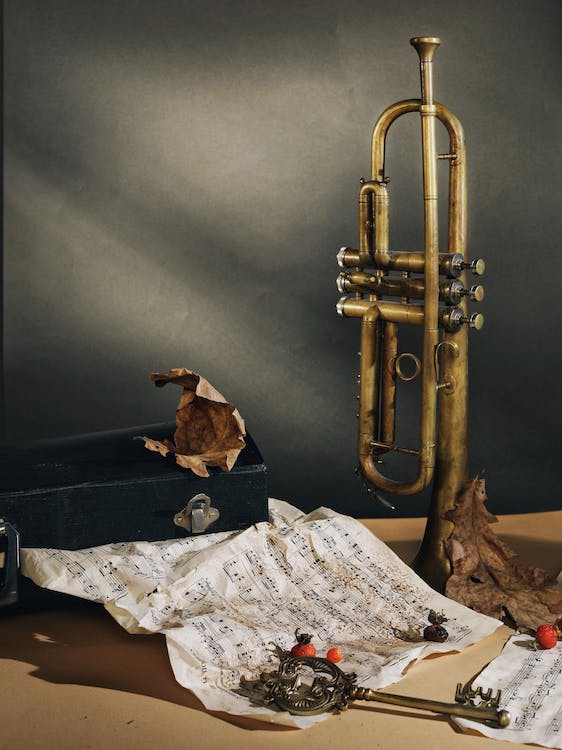The Ophicleide is a wind instrument that somehow shared similarity with the tuba and saxophone. It is invented in the 1800s and belongs to the bugle family. It also shares a similar shape to the sudrophone, another brass instrument that was developed in the same era. The term Ophicleide comes from the Greek word ophis, meaning a serpent, and the word kleis, which means keys.
Historically, the Ophicleide was invented by a French instrument maker named Jean Hillaire Aste, or also known as Halary or Halari. Aside from being an instrument maker, Halary was also a French professor who founded the Maison Halary workshop, which made woodwind and brass instruments in the 19th century. Halary had made the Ophicleide as an extension to the keyed bugle. In addition, Halary’s invention had become the cornerstone of the brass section in the Romantic orchestra that often replaced another brass instrument, the serpent.
Characteristically, theOphicleide has an extended tuning that bends back on itself. It is played through the cupped mouthpiece, much like the modern euphonium or trombone. Initially, the Ophicleide had nine keys, but it was later expanded to twelve keys. These keys also include the tone holes that change the pitch of the sound produced. Usually, there are soprano, alto, bass, and contrabassOphicleide. However, contrabass and soprano instruments are very rare.
Only a few modern instrument makers like Adolphe Sax and Robb Stewart have built a soprano and contrabass Ophicleide. Meanwhile, there is currently five contrabassOphicleide that exist. Two of them were privately owned, and three were in a museum. Robert Stewart himself made the two Ophicleide that was privately owned.
Interestingly, before tuba was born, the Ophicleide has been the standard instrument used in famous works and serious operas by notable English musicians. In fact, it was employed in the three-act opera of Gaspare Spontini, the Olimpie. In addition, it was also scored in Elias and Overture to Midsummer Night’s Dream of Felix Mendelssohn and Berlioz’s Symphonie Fantastique in the 1830s. Nowadays, in orchestral performances, the Ophicleide was replaced by tubas.
Although the tuba succeeded the Ophicleide, it remained popular in Italy until the 20th century. According to some musicians, the Ophicleide was a direct ancestor of the saxophone, but this claim has not been plausible. Additionally, the similarity of the two remains in its large tone holes and a wide conical bore.
Like the keyed bugle, the Ophicleide has a fingering system that is similar to most of the wind instrument. All of its keys are typically closed and opens only when a finger presses the key lever. Below its bell, the largest key-covered tone holes are located. The sound produced by the Ophicleide without the key levers is the nominal pitch. If the performer presses the lever for this normally open tone hole, the hole will close, and the longer air column extends past this hole up to the instrument’s bell. This results in a pitch lowered by one-half step.
Generally, the player can obtain the partial pitches for a given air column length. Upper and middle-range pitches of the Ophicleide can be obtained only through the left hand’s tone holes set. Meanwhile, the right hand can stabilize and hold the instrument. When the air column is shortened by opening all the left-hand tone holes, difficult notes can be played. This is done through continuous shortening of air columns using the two fingers of the right hand before a series of partial wraps. Following that, the left hand is used again for another set of notes.
In the Ophicleide lowest octaves, some of the pitches cannot be obtained using the holes closer to its bell. For these notes, the right hand’s fingers can open a few more tone holes that are closer to the mouthpiece than the bell. Moreover, some instruments have one or three extra right-hand keys in order to give an intonation for a specific note in this register. Additionally, the right keys can also be used in the upper registers as an alternate fingering to improve intonation or to create a faster passage.Except for the particular few pitches in the lower octave, the combinations of partial sets of opened tone holes may be similar to the manipulation of valves of a modern brass instrument. Interested in unique instruments, sounds, and making music? If so, you should consider using a DAW control pedal.

